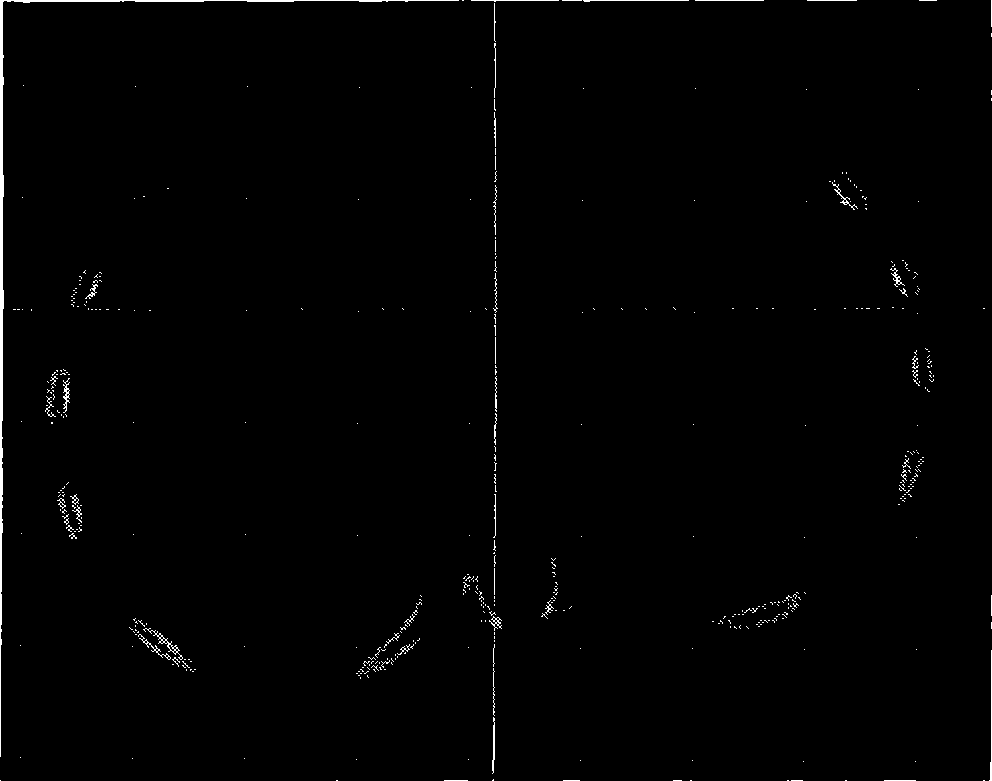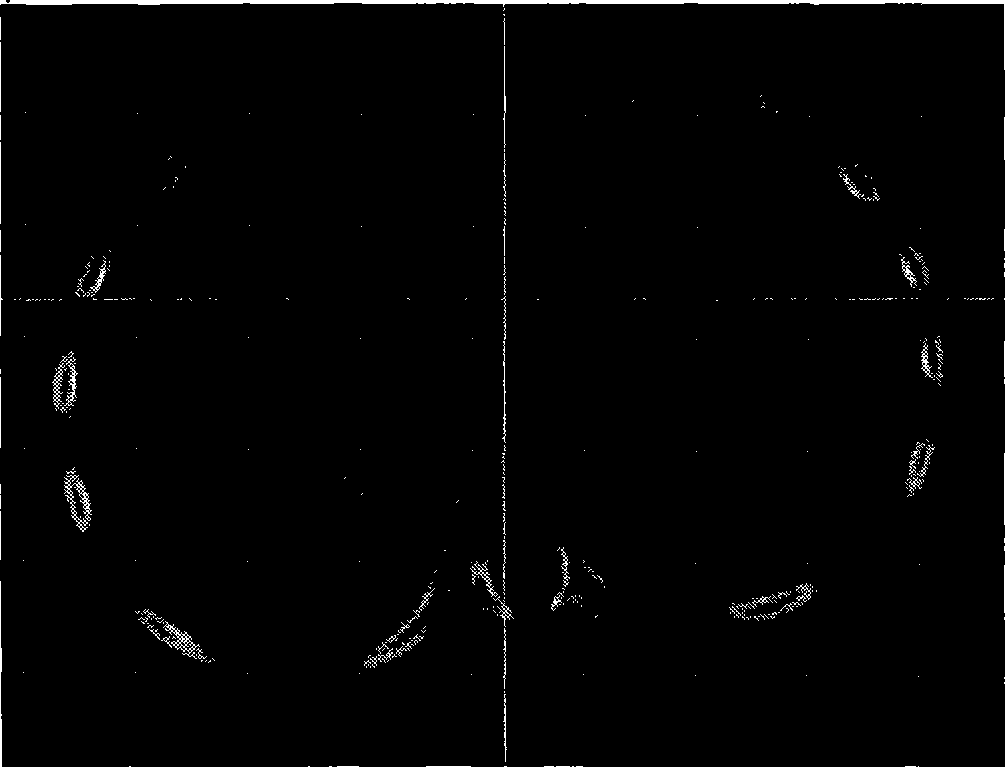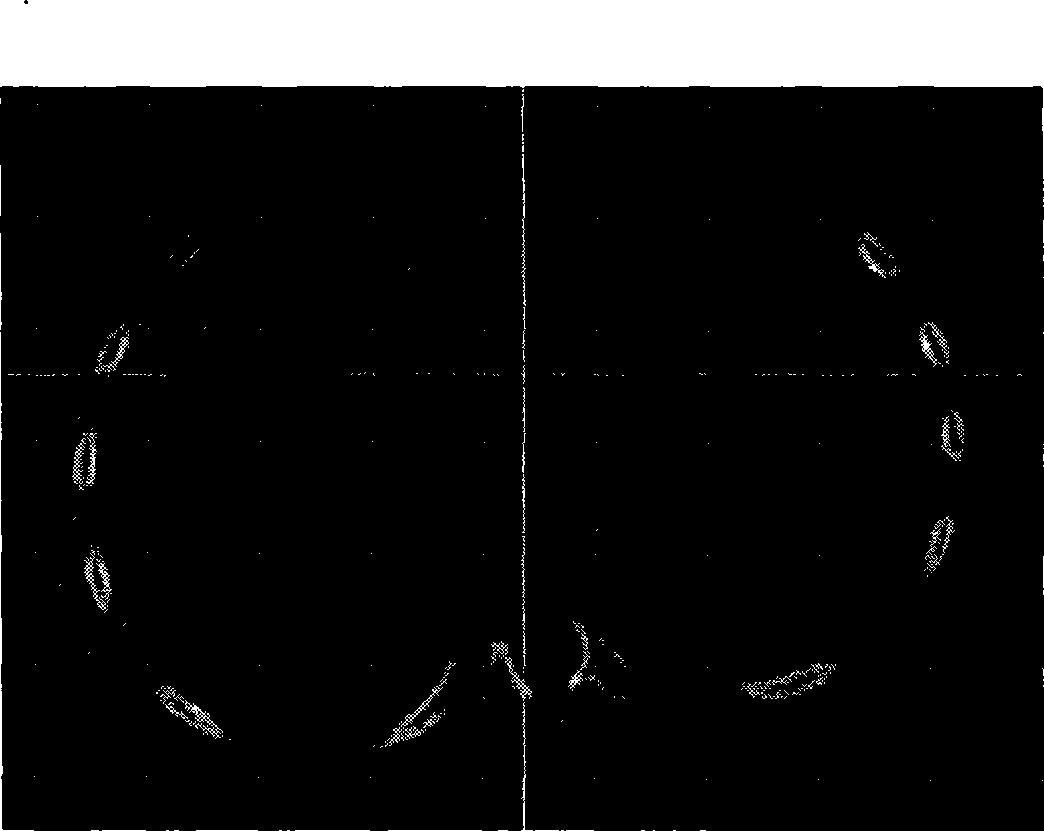Three-dimensional modelling approach for children's funnel chest
A technology of 3D modeling and pectus pectus, applied in 3D modeling, image data processing, instruments, etc., can solve problems such as poor quality of spiral CT images, invisible cartilage, invisible cartilage CT images, etc., and achieve a high degree of simulation Effect
- Summary
- Abstract
- Description
- Claims
- Application Information
AI Technical Summary
Problems solved by technology
Method used
Image
Examples
Embodiment Construction
[0023] The establishment method of pectus excavatum thorax three-dimensional model of the present invention, specifically carries out according to the following steps:
[0024] Will figure 1 The original spiral CT image of pectus pectus excavatum is input into the computer. CT images are sliced images, displayed in grayscale mode, divided into three directions: front view, top view, and left view. The image resolution is 512×512 pixels, the number of slices is 227, and the interval between slices is 0.4mm. From the gray scale of the original CT image, only the difference between rib hard bone and soft tissue can be distinguished, but cartilage and soft tissue cannot be distinguished.
[0025] Firstly, image processing was performed on the original spiral CT images of pectus pectus excavatum in a child. For the case that the original spiral CT image of pectus pectus excavatum is a grayscale image, the costal cartilage grayscale data was extracted first. The gray value ran...
PUM
 Login to View More
Login to View More Abstract
Description
Claims
Application Information
 Login to View More
Login to View More - R&D
- Intellectual Property
- Life Sciences
- Materials
- Tech Scout
- Unparalleled Data Quality
- Higher Quality Content
- 60% Fewer Hallucinations
Browse by: Latest US Patents, China's latest patents, Technical Efficacy Thesaurus, Application Domain, Technology Topic, Popular Technical Reports.
© 2025 PatSnap. All rights reserved.Legal|Privacy policy|Modern Slavery Act Transparency Statement|Sitemap|About US| Contact US: help@patsnap.com



